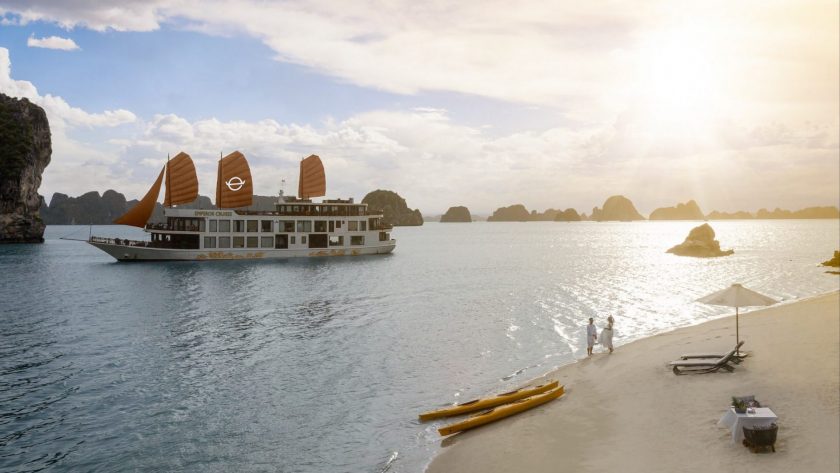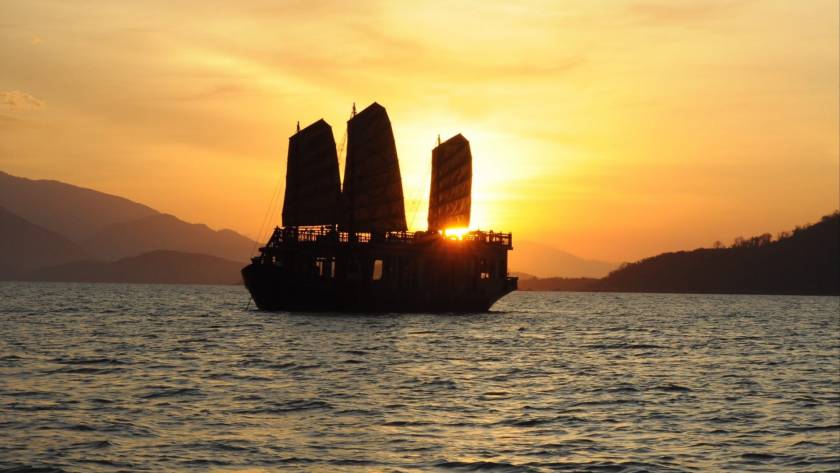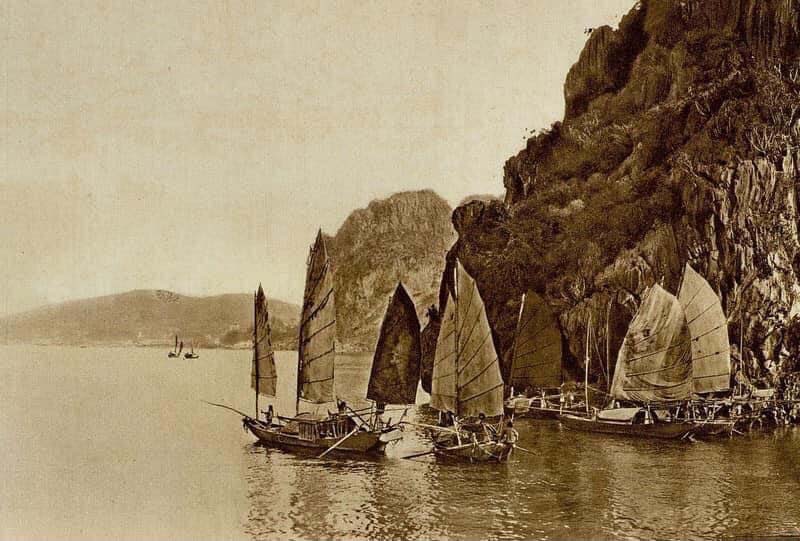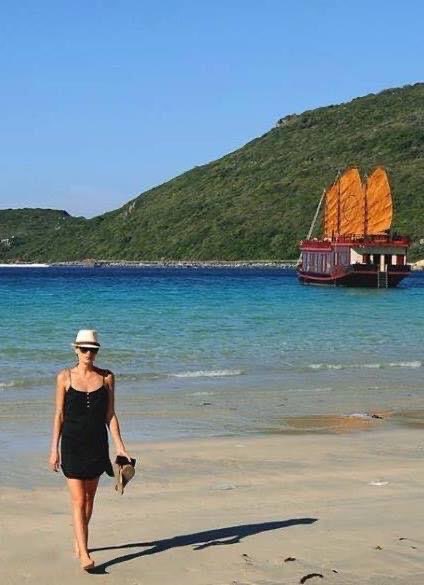
Preserving the Sails of Vietnam’s Beautiful Cultural Icon – The Harmonious Blend of Heritage and Modernity
In the most stunning coastal areas of Vietnam, such as Bai Tu Long, Ha Long, Lan Ha, Nha Trang, and Phu Quoc, the unique cultural heritage of the Vietnamese people has been upheld and developed for generations by Mr. Pham Ha, CEO and Chairman of LuxGroup. He has introduced a fleet of sail-equipped ships under the brand Emperor Cruises, with the aim of preserving the soul of heritage through the use of wooden-clad iron hulls and traditional brown sails.
The wooden sailboats that were once iconic of Ha Long Bay’s seascape are gradually disappearing. Mr. Nguyen Dinh Chuong, a representative of a shipyard in Ha Long, feels a sense of sadness witnessing their decline. Skilled shipbuilders like Mr. Chuong are becoming scarce, and the art of sail-making is passing down only through one lineage, that of Mr. Xoa from Quang Yen. The cost of crafting wooden boats is soaring, regulations prohibit new wooden-hulled ship construction, leading to the slow decay of these boats, including the traditional brown sails. Traditional shipbuilding techniques and original boat designs are now mostly found in museums or vintage postage stamp collections.
Dating back to the 2nd century in China, wooden sailboats became renowned for their maneuverability and stability. Sailing wooden boats and sail-equipped vessels were once highly effective, cherished by foreign tourists, and became symbols of Ha Long Bay, experiences integral to visiting Vietnam. However, accidents and safety concerns gradually led to the replacement of wooden tourist sailboats with safer iron ships.

Mr. Pham Ha strongly emphasizes the preservation of Vietnamese heritage and culture by proposing a solution to maintain the tradition of wooden sails on Emperor Cruises’ vessels (https://www.emperorcruises.com). These ships, combining steel, wood, sails, stone, and watercolor-like elements, create a harmonious portrayal resembling a painting amidst natural wonders. They captivate tourists not only with their traditional beauty but also offer a modern and safe travel experience.
From the perspective of journalist Ian Lloyd Neubauer, who has explored the wooden sailboats of Ha Long Bay, the disappearance of these boats will render the seascape monotonous, erasing the charm of wooden boats and their brown sails.
While Mr. Nguyen Van Cuong, owner of Cat Ba Imperial Junk Cruise fleet, expresses regret over the vanishing wooden sailboats, he emphasizes that these vessels are not merely tourism means but integral parts of history, culture, and symbols of the Vietnamese people.
However, amidst the tourism industry’s evolution and competition, many tourism entrepreneurs recognize the necessity of optimization and modernization to attract tourists. The choice between iron and wood is becoming crucial, as iron-hulled ships ensure safety and modernity but also pose a risk of erasing traditional beauty.

According to cultural enthusiast Pham Ha, who aims to preserve the legacy of sails, “Artistic cruise ships embody the intersection of aesthetics, shipbuilding technology, and architectural science. A ship is not just a practical product; it’s a spiritual creation reflecting human aesthetics.”
Undoubtedly, the changing landscape of Ha Long Bay reflects the transformation and growth of the tourism industry. Balancing heritage and modernity poses significant challenges and opportunities to continue narrating the Vietnamese story through these unique and captivating cruise ships.
###

The tale of bat-wing sails (manh sails) in the Northern region of Vietnam, during the early 20th century and over a hundred years ago, holds a crucial place in the history and culture of this area.
Bat-wing sails (buồm mành) represent a valuable invention of the Northern Vietnamese people. Used to control sailboats, these sails originate from the Northeastern region of the country, especially the mystical Ha Long Bay area. They are a unique and characteristic delicacy of this region.
The bat-wing sail (buồm mành) is arranged like a foldable curtain and can adjust its size based on the wind’s strength. This is particularly helpful in maintaining balance and preventing the boat from capsizing in strong winds. It is a notable innovation shared among Far Eastern countries, including Vietnam, China, and Japan.

While some sailing researchers might refer to this sail type as the “Chinese sail,” in reality, countries across the East Asian region, including China, Taiwan, Japan, and Vietnam, use this sail type, each with its distinct variations, suited to the identity and culture of each nation.
While the bat-wing sail (manh sail) is uniquely tied to Ha Long Bay’s seascape and is showcased in postcards and the Lux Cruises‘ collection, it also forms an essential part of maritime exhibitions in Shanghai, China, and various museums throughout China.
With the preservation and development of this sail type, a valuable and distinctive innovation of Northern Vietnam has been created, contributing to the fascinating history and culture of this region.



